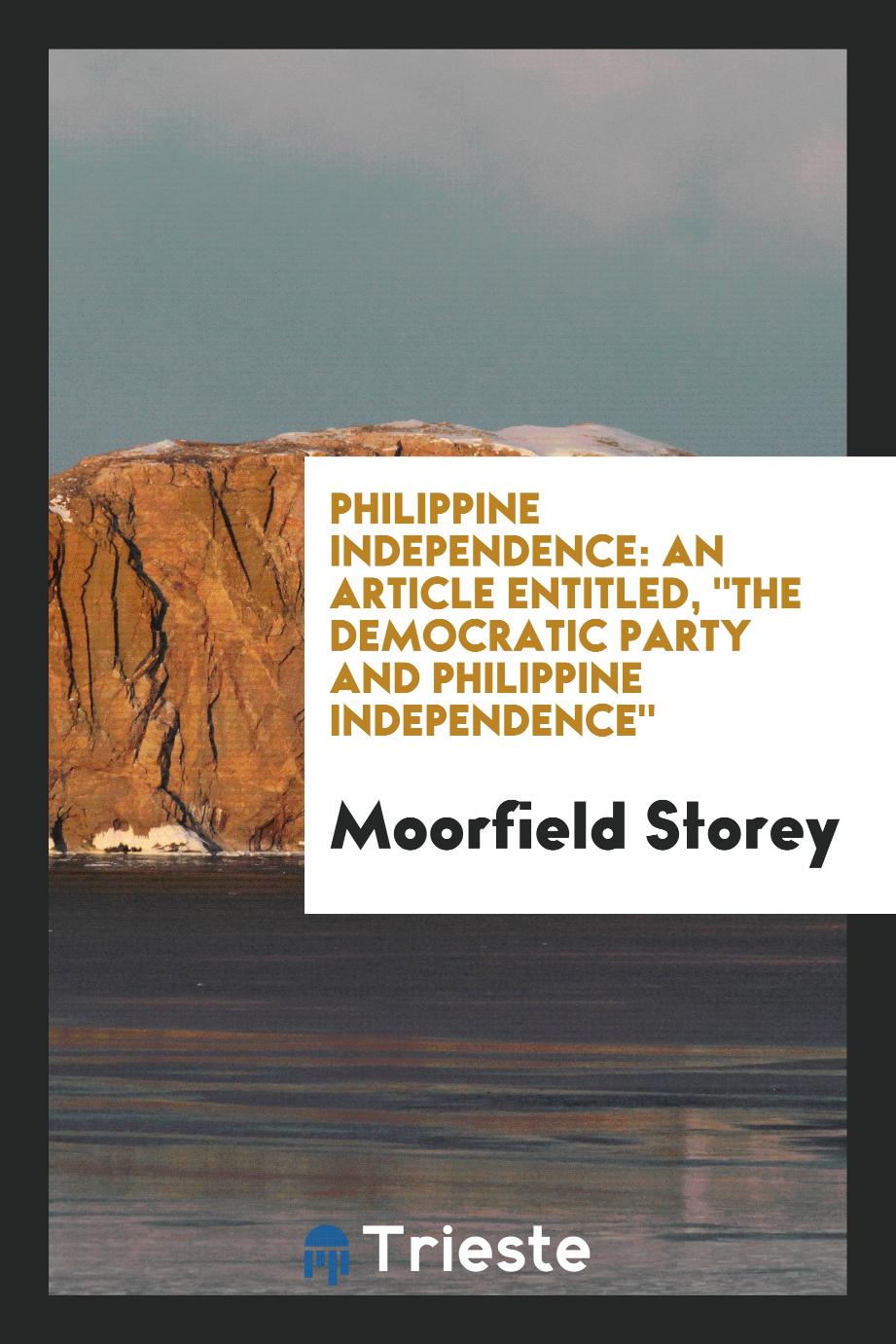Books
South of China and east of India lies the peninsular and insular region of Southeast Asia, which includes Myanmar (Burma), Thailand, Indochina (Laos, Cambodia, Vietnam), Malaysia and Indonesia, as well as Brunei and Singapore. In the first centuries of the new era, an original civilization grew on this territory, giving rise to large cities, giant temples, complex irrigation systems, as well as vast powerful states. The most famous of them is the power created by the Khmers on the lands of Cambodia with the capital in the heart of the jungle, in the Angkor region.
The civilization of Southeast Asia owes its origin and largely its main features to the influence of India, in particular Hinduism and Buddhism. Their influence was so strong that modern scientists call this civilization "Hindu-Buddhist".
History of Southeast Asia until the 2nd century AD remains a blank spot in science. The earliest information about it is contained in Chinese written sources of that time and in archaeological finds. The Chinese dynastic chronicles mention states whose rulers bore Indian names in Sanskrit, and whose priests were representatives of the highest caste - the Brahmins. Images of Buddha in the same style as at Amaravati on the Krishna River in South India, characteristic of the period between 150 and 250 AD, have been found in Thailand, Cambodia and Annam (Central Vietnam), and on the islands of Java, Sumatra and Sulawesi.
Read books on the history of Southeast Asia from Trieste Publishing.

![Civil Government in the Philippines. [1903]](/uploads/books/142/9780649550142.png)

